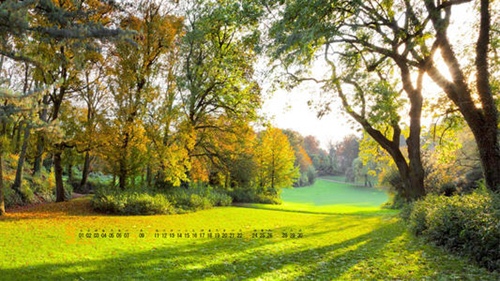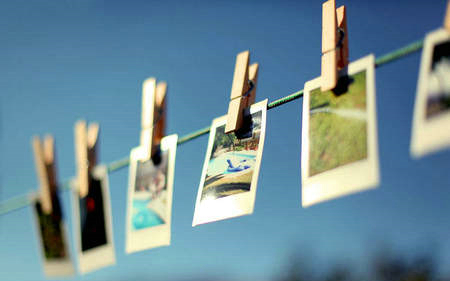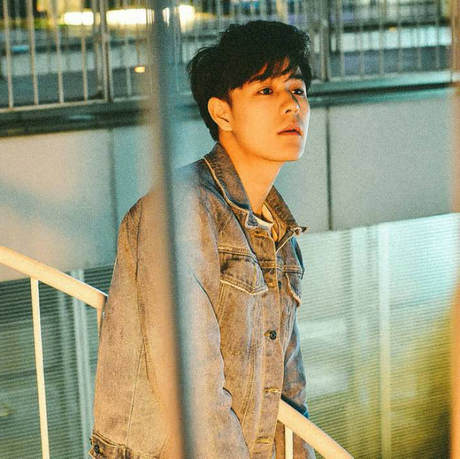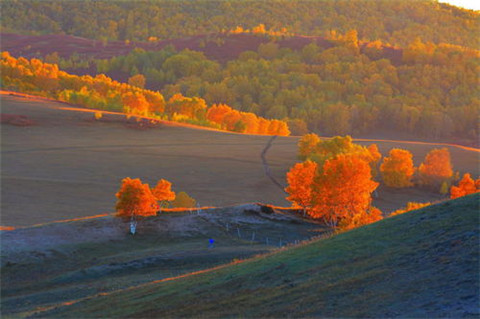
描写丽江古城早晨的句子有哪些
The Old Town of Lijiang The Old Town of Lijiang is also known as Dayan Town in Lijiangba. It is an intact ancient city inhabited mostly by Naxi ethnic people and covers an area of 1.5 square kilometers. The Old Town of Lijiang was first built in Southern Song Dynasty and in 1253, Kublai (the first emperor of the Yuan Dynasty) was stationed here on his march into the south. In Ming and Qing dynasties, it became much larger. Lijiang is world renowned as an ancient city built in a simple and artistic style and scientifically laid out. There is a square in its center. It was listed as a national historical and cultural city in 1986. The Old Town of Lijiang is surrounded by Lion Mountain in the west and by Elephant and Golden Row Mountains in the north. These mountains in the northwest shelter it from the cold wind. In the southeast, there are fertile fields, which are dozens of kilometers long. The city is favored with plentiful sunlight, an east wind and clear spring water which flows in three streams and reaches every family. The streets are paved with the local stone slabs, which do not get muddy in the rainy season and are free of dust in the dry season. Many stone bridges and arches in the city were built during the Ming and Qing dynasties. Orderly roads and lanes extend to four directions from the central square. Residential houses are made of timber; most have a screen wall in front and some have a quadruple courtyard. Local people plant flowers in their courtyards. The ancient traditional culture of the Naxi ethnic group is the Dongba culture, which is based on the Dongba religion. Most believers are skilled in medicine and the culture is passed on through literature and art. The Dongba language has more than 1,300 separate words, which are written in primitive pictographic characters. There are more than 1,400 types of Dongba scriptures written in these characters and they take up 20,000 volumes. The scriptures cover religion, philosophy, history, local customs, literature, art, astronomy, medicine, the calendar, geography, flora, fauna, dancing, painting and music. Lijiang has many historical relics. The Old Town of Lijiang is the most complete ancient town in China. Black dragon Pool, Wufeng Building and Lijiang mural paintings are very famous in China. Lijiang is the home of murals which were painted by people from Han, Tibetan and Naxi ethnic groups in the Ming Dynasty. They cover a total area of 139.22 square meters on 55 walls of Dabaoji Palace, Liuli Hall, Dabao Pavilion and other buildings. The largest is 2.07 meters by 4.48 meters and contains 600 figures. There are many traditional festivals for Naxi people, such as Sandu Festival, Torch Festival and Stick Festival on the 15th day of the first month of the lunar year, etc. The most delicious traditional food is called Lijiang round cake. The Old Town of Lijiang was included in the UNESCO world heritage list in 1997.
写景的作文四百五十字怎么写
秋天是美丽的季节.天气总是很晴朗,蔚蓝的天空中一丝云也没有,我常常抬头仰望,觉得老舍笔下草原的天空就是这样的-----天是那么高那么蓝.看着看着,自己的心也觉得开阔起来.偶尔有只小鸟从天空飞过,会让你的的心也会为之一颤,觉得人如果同鸟儿一样快活自由,那有多好.秋天无风,空气有些干燥.偶尔下一点小雨,也让你倍感惬意.闻着泥土的气息,湿润的空气滋润着你的脸,看着大自然中缤纷的色彩,你会不觉的伸开手臂,仰起头,轻轻闭上眼睛,来一次深呼吸,此时,你就是那一片叶子,一朵小花,一颗果实……你会融于秋的生命里.我喜欢秋天中银杏叶的黄,尤其是在路灯照耀下的那种色彩.在黑夜的映衬下,那种黄不是金灿灿的,黄得有些娇嫩,黄得有些含蓄.路上的行人很少,那路灯照着的银杏树就像画在画布上的油画,很美.我还喜欢枫叶的红,红得热烈,没有哪一种颜料能调出如此浓烈的色彩.我在设想着哪一天我能去一个很大的枫林,独自在枫林中徜徉,让枫叶的红流进我的血液.此时,我想起了“停车坐爱枫林晚,霜叶红于二月花”的诗句.想必古人对枫叶也是情有独钟的.秋天是收获的季节.最开心的是农民,那古铜色的脸,那被岁月刻下痕迹的皱纹里都洋溢着笑容.往日的辛苦和汗水仿佛就没有发生过.看着他们,你不禁去想:幸福快乐是如此简单.我们何必去烦恼?我喜欢秋天,我喜欢大自然中一切美好的事物.我热爱生活,我要让我的生活如秋天一样多姿多彩,硕果累累.



